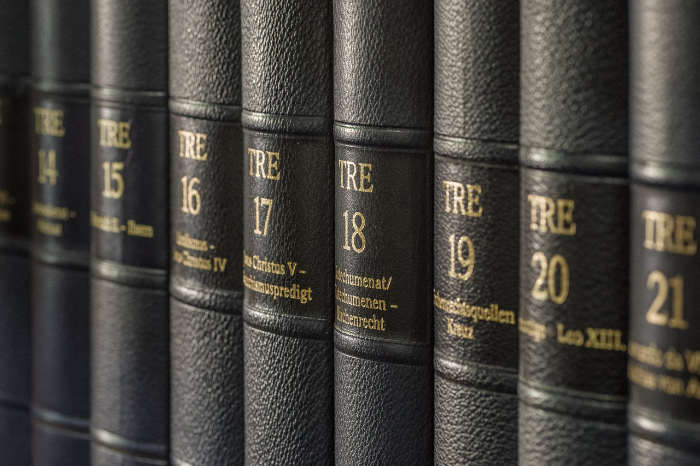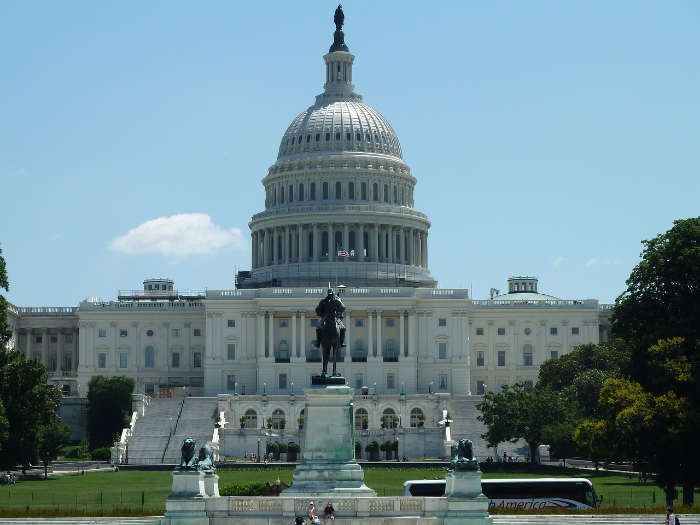UBE (Uniform Bar Examination) States 2025
UBE Adopted
State | UBE Adopted↓ | Jurisdictions Date | |
|---|---|---|---|
| Alabama | Yes | June 2011 | |
| Alaska | Yes | June 2014 | |
| Arizona | Yes | June 2012 | |
| Arkansas | Yes | Jan. 2020 | |
| Colorado | Yes | Jan. 2012 | |
| Connecticut | Yes | Jan. 2017 | |
| District of Columbia | Yes | June 2016 | |
| Idaho | Yes | Jan. 2012 | |
| Illinois | Yes | June 2019 | |
| Indiana | Yes | June 2021 | |
| Iowa | Yes | Jan. 2016 | |
| Kansas | Yes | Jan. 2016 | |
| Kentucky | Yes | Jan. 2021 | |
| Maine | Yes | June 2017 | |
| Maryland | Yes | June 2019 | |
| Massachusetts | Yes | June 2018 | |
| Michigan | Yes | Jan. 2023 | |
| Minnesota | Yes | Jan. 2014 | |
| Missouri | Yes | Jan. 2011 | |
| Montana | Yes | June 2013 | |
| Nebraska | Yes | Jan. 2013 | |
| New Hampshire | Yes | Jan. 2014 | |
| New Jersey | Yes | Jan. 2017 | |
| New Mexico | Yes | Jan. 2016 | |
| New York | Yes | June 2016 | |
| North Carolina | Yes | Jan. 2019 | |
| North Dakota | Yes | Jan. 2011 | |
| Ohio | Yes | Jan. 2021 | |
| Oklahoma | Yes | June 2021 | |
| Oregon | Yes | June 2017 | |
| Pennsylvania | Yes | June 2022 | |
| Rhode Island | Yes | Jan. 2019 | |
| South Carolina | Yes | Jan. 2017 | |
| Tennessee | Yes | Jan. 2019 | |
| Texas | Yes | Jan. 2021 | |
| Utah | Yes | Jan. 2013 | |
| Vermont | Yes | June 2016 | |
| Washington | Yes | June 2013 | |
| West Virginia | Yes | June 2017 | |
| Wyoming | Yes | June 2013 | |
| California | No | ||
| Delaware | No | ||
| Florida | No | ||
| Georgia | No | ||
| Hawaii | No | ||
| Louisiana | No | ||
| Mississippi | No | ||
| Nevada | No | ||
| South Dakota | No | ||
| Virginia | No | ||
| Wisconsin | No |
The Uniform Bar Examination (UBE) is a standardized bar exam in the United States, developed by the National Conference of Bar Examiners (NCBE). The UBE offers portability of scores across states lines and consists of three parts: the Multistate Bar Examination (MBE), the Multistate Essay Examination (MEE), and the Multistate Performance Test (MPT). The MBE is weighted at 50%, the MEE at 30%, and the MPT at 20%.
The bar exam is an examination administered in each state to assess a candidate’s knowledge and skills to determine whether or not the candidate is competent to practice law in that jurisdiction. It was created in Delaware in 1738, and soon other states followed suit. Like the bar exam, the Uniform Bar Exam is administered twice a year over the course of two days, once in February and once in July, and is uniformly administered and scored. The UBE differs in that it can also be used to apply in multiple jurisdictions that have adopted the UBE.
The Uniform Bar Exam was first administered in 2011 in Missouri and North Dakota. Other states began to use the UBE gradually, with a total of 41 jurisdictions (39 states, the District of Columbia, and the U.S. Virgin Islands) using the UBE.
Three recent states to adopt the UBE include Michigan in February 2023, Pennsylvania in July 2022, and Indiana, and Oklahoma in July 2021. Some of the largest legal markets in the United States, including California and Florida, have not adopted the UBE, for reasons such as concerns about the lack of questions on state law.
A person who passes the Uniform Bar Exam can transfer scores to another jurisdiction within a certain number of months of passing the exam. The transfer eligibility time varies between jurisdictions, ranging from 24 to 60 months.
The American Bar Association endorsed the Uniform Bar Exam at its 2016 mid-year meeting.



















